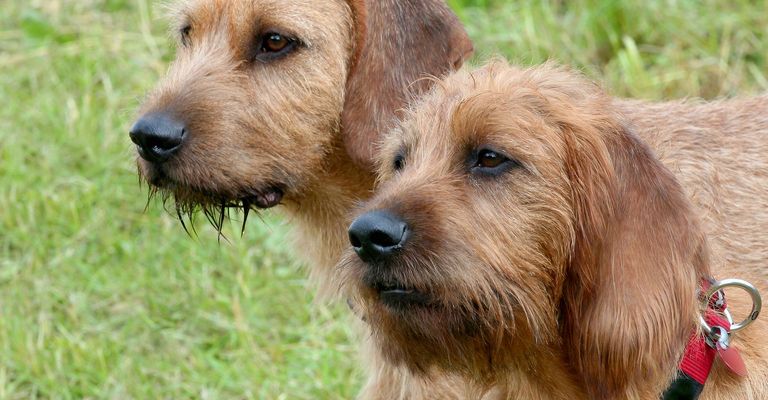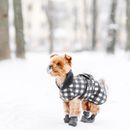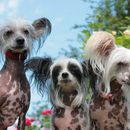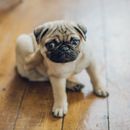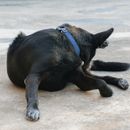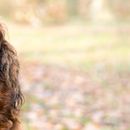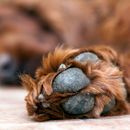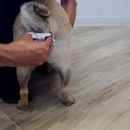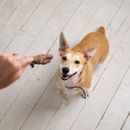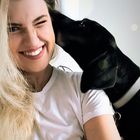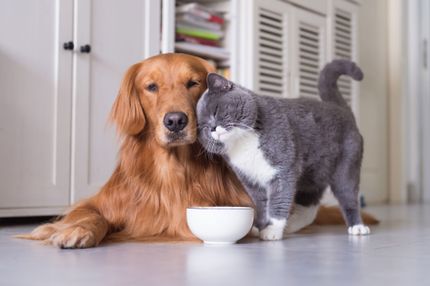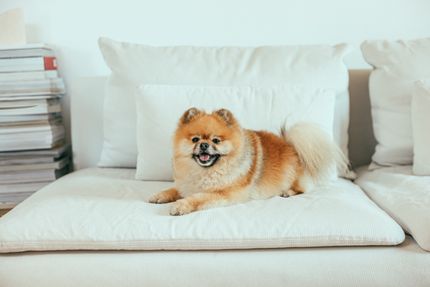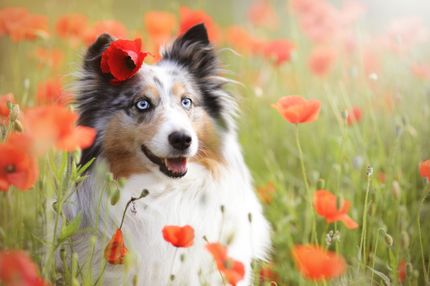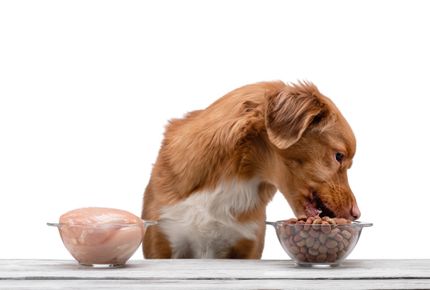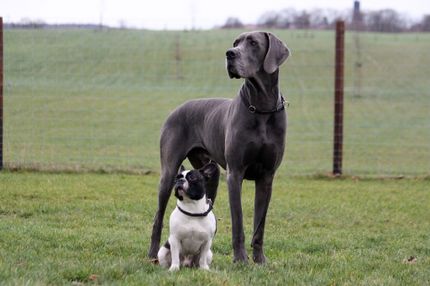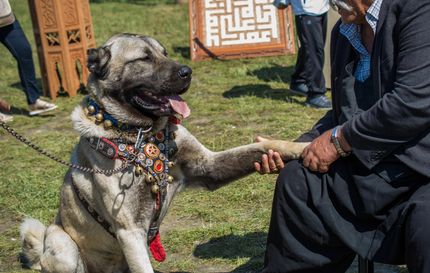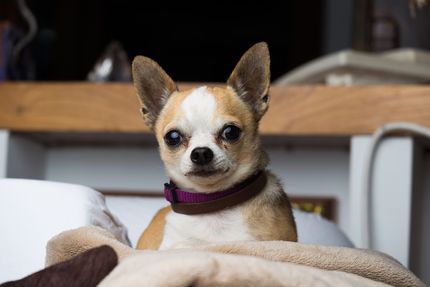Differences between wire-haired and wire-haired dogs
The variety of dog breeds is impressive, and each breed has its own unique characteristics. Special attention is often paid to the dogs' coats, which not only have aesthetic aspects but also practical significance. Wire and rough co ats are two specific coat types that occur in different dog breeds. But what are the differences between these two coat types and what are their distinctive features? In this blog article, we take a detailed look at wire and rough coats to help you better understand the characteristics and grooming requirements of these coat types.
What is wirehair?
Wirehair is a particularly stiff and dense coat that is characterized by its rough texture. This type of coat is often found on hunting and working dogs as it is robust and protective. Wire-haired dogs often have a pronounced, weatherproof undercoat that protects them from extreme weather conditions.
Characteristics of wirehair
- Texture: Stiff and coarse
- Grooming: Requires regular trimming
- Benefits: Protection from weather and injury
Wire-haired dog breeds
Wirehaireddogs are characterized by their stiff, dense and coarse coat, which is often found in hunting and working dogs. Here are some prominent examples:
- Wirehaired Fox Terrier: This breed is known for its wiry, dense coat that protects it from thorny undergrowth.
- German Wirehair: A versatile hunting dog prized for its weatherproof and protective coat.
- Irish Terrier: This hardy dog has a wiry coat that protects it against rough terrain and weather conditions.
- Airedale Terrier: Often referred to as the "King of Terriers", he has a wiry coat that needs to be trimmed regularly.
Wirehair: German Wirehair
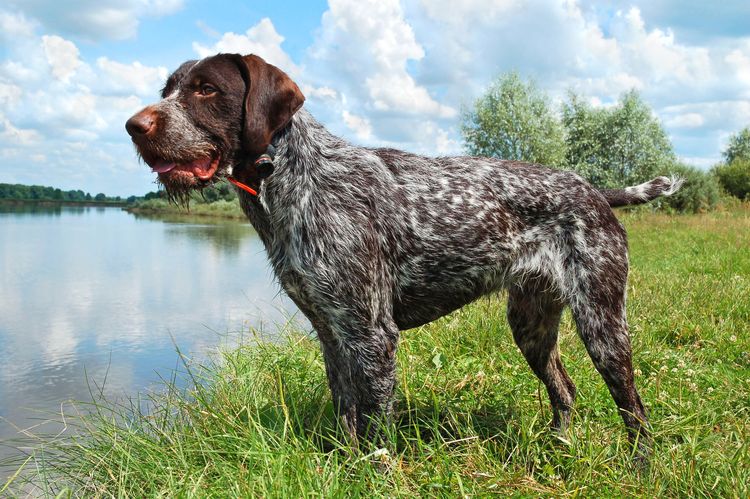
What is rough hair?
In contrast, rough hair is also robust, but less stiff than wire hair. This type of coat is often shaggy and can contain both softer and harder hair textures. Rough coats are often found on terriers and other working dogs that require both protection and freedom of movement.
Characteristics of the rough coat
- Texture: Shaggy and variable in hardness
- Grooming: Requires regular combing and occasional trimming
- Benefits: Provides flexibility and protection
Rough-haired dog breeds
Rough-haired dogs have a shaggy coat that can be a mixture of softer and harder hairs. Here are some examples:
- Border Terrier: This breed has a hard, rough coat that protects them from the elements.
- West Highland White Terrier: Known for its double coat, which is rough on the surface and soft underneath.
- Cairn Terrier: This small but robust terrier has a weatherproof, rough coat.
- Wire-haired Dachshund: A variant of the Dachshund with a rough, wiry coat that protects it from undergrowth and rough terrain.
Rough coat: German Stichelhaar
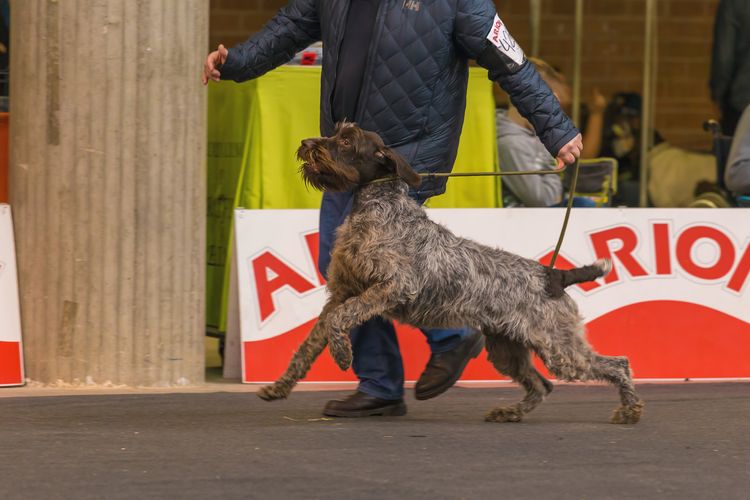
Grooming tips for both coat types
The choice between a wire-haired or rough-haired dog often depends on personal preference and the specific requirements you have for the coat. Both coat types offer unique benefits and have their own grooming requirements.
Grooming for wire-haired dogs:
- Regular trimming: Wirehair needs to be trimmed regularly to maintain texture and remove loose hair.
- Brushing: Brush at least weekly to prevent matting.
Grooming for rough-haired dogs:
- Combing and brushing: Regular combing to prevent knots and matting.
- Occasional trimming: Trimming is sometimes necessary to keep the coat in shape.
Final word
Both terms are used interchangeably in common parlance and in many breed standards and refer to a similar coat type. There areno significantdifferences between "wire-haired" and "rough-haired" coats that would justify a clear distinction.
Sources and relevant links
Angeline Bauer, René Prümmel (2013). Der gesunde Hund. Hunde Praxisratgeber mit wertvollen Tipps: Hundeerziehung, Hundeernährung, Hundepflege und Erste Hilfe. Klarant.
